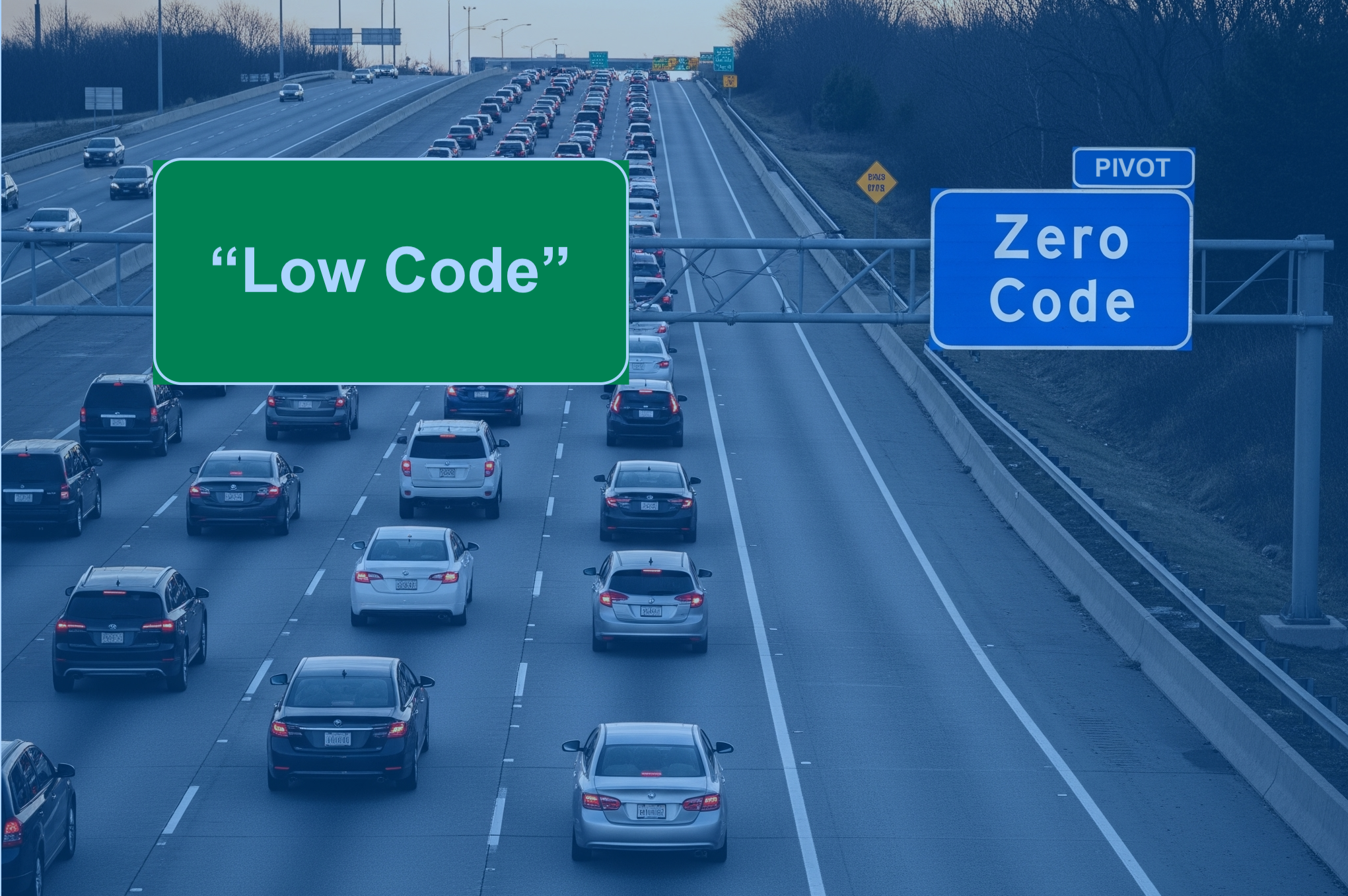Mirata Digital Forms enables a business community to design, build, and deploy forms and complex workflow without software development. In this post we will discuss how this capability enables large organizations to streamline their deployment and provide an optimal user experience without compromise.
In order to achieve return on investment (ROI), user adoption is a must: If the solution delights users and improves their ability to perform their jobs, adoption and ROI will happen.
It is critical to ensure user expectations, requirements, and experience are met.
Most organizations and digital forms providers recommend taking an agile/iterative approach to forms and workflow design and creation. This approach is flexible and enables you to plan a project in stages (or “sprints”) to evolve as the work progresses. With this model, it’s easier to focus on process adaptability and user satisfaction by rapidly delivering working software products.
Benefits of Agile/Iterative
Let’s look more specifically at how agile/iterative development is beneficial:
- The business, users, and IT have early and frequent opportunities to see the work that is being delivered.
- It helps with appropriate decision-making, and changes are made consistently throughout the project.
By involving the users through the agile/iterative process, the business will receive an experience that is aligned with user and business objectives.
Why Mirata is Different
Mirata has taken a platform approach that uses our patent-pending declarative definition language to eliminate the need for programming to build complex forms. Our platform was designed based on hundreds of forms that large-regulated companies use every day:
- Work authorizations
- Lock out tag out procedures
- Complex preventive maintenance procedures
- Crew timesheets
- Construction safety
- Pressure relief valve inspections
- …and many more
By analyzing these forms and how they are used, we were able to build out the language and platform to support them and focus on ease of use.
Most other forms solutions have easy to use form painters where you can drag and drop fields and add simple business logic. However, most current approaches are limited in terms of what can be done before resorting to coding. When you need to add complex logic or create complex forms in these solutions, you quickly hit a wall because these complexities must be coded in Javascript. This means you would have to have programming skills to finish the job – adding time, costs and specific resources to the equation…. Or use Mirata’s digital form solution to make it easier.
Most current approaches are limited in terms of what can be done before resorting to coding.
Mirata makes it easier.
A real-world example
Mirata’s platform approach enables a true agile/iterative project approach. Let’s look at a real-life example:
A large utility organization had kicked off a grand-scale enterprise-wide digital forms initiative. At the initial kick-off, this large organization quickly bumped up against limitations related to configuring complex logic within the forms.
- The Problem: It was impossible to iterate the solution within their current forms solution because it required software development.
- Their Initial Plan: Use Excel as the iterative tool to create the form as a “specification” for their current forms solution consultants to develop software to meet the user requirements.
- The form is being iterated outside of the forms solution, handed to internal development for coding, then handed back to the business.
- Users were able to see the process end-to-end, BUT…
- The New Problem: There were a number of gaps, usability issues, and compromises the users needed to accept in order to use the solution. The gaps were primarily driven by the need to make functional and usability compromises in order to minimize software development efforts.
Enter, Mirata.
We kick-off the project by working side by side with the business to create the forms and complex workflow. We were able to address the following problems easily:
- Our tool enables more iterations faster, that are better-aligned with the user and business needs
- Feedback is provided in real time and addressed on the fly as the solution is being created
- Finally, when the going gets tough (and forms get complicated) Mirata still has the capability to continue the iterative process
Here are a few examples of functional requirements we can easily configure as part of the iterative configuration process:
- Dynamic form logic – if a value is entered in a field, we can easily show it and make other additional sections on the form required. This way users are only presented with the fields they need to complete and not with extraneous fields they have to skip over when they are not applicable.
- Workflow configuration – the ability to route a form, sometimes conditionally based on entered information, to various departments for follow-up work, review and/or approval.
- Spreadsheet-type fields – these fields come in handy for forms such as crew time and equipment reporting. In these types of forms, you need to be able to enter time for multiple people quickly. Other tools make you enter “one record at a time”.
These options enable a high degree of configurability to deploy the optimal user experience. In our approach we are not attempting to minimize last mile requirements or software development, we are asking what else can we configure to ensure delighted end users.
Once the iterative design and creation process is completed we transition into final testing and transition to production.
When we are ready for production deployment, the users already know exactly what they are getting and are already involved with the change management process throughout the design and configuration stages.
Summary
An agile/iterative process is the most effective methodology to ensure user requirements are aligned with the solution. In order to get the most out of an agile/iterative process, it is critical that the software environment is capable of enabling an agile/iterative process.
User adoption is a key component of achieving a return on investment. The Mirata solution allows for rapid creation and deployment of digital forms, facilitated by an agile/iterative process that makes digitizing forms in mass across the Enterprise practical.



